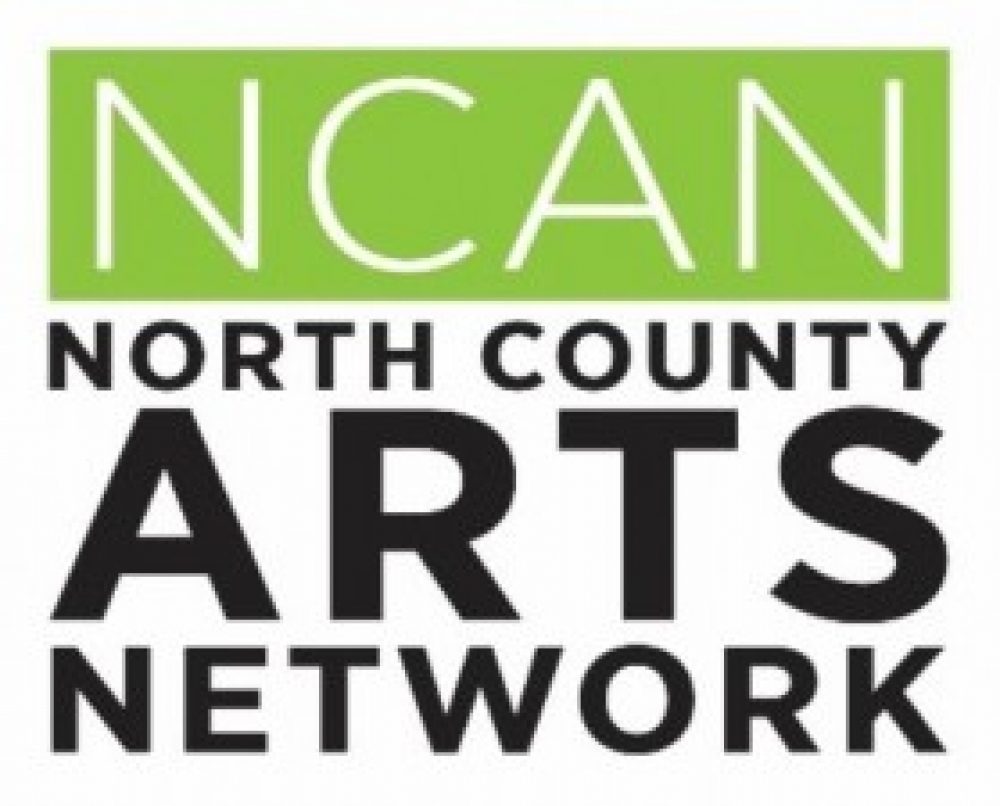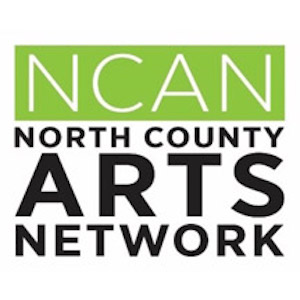“My job is all about how do we get people to move,” Marcus Collins, the chief consumer connections officer at the advertising agency Doner Company, said. “That is, how do we leverage what we know of the behavioral sciences, the evolving media landscape and a close proximity to culture in an effort to get people to adopt behavior.”
In addition to working for Doner, Collins is an intermittent marketing lecturer at the Ross School of Business. Collins started as a musician before entering the business world and has collaborated on marketing with dominant cultural forces like Beyoncé and iTunes. This unique background gives him critical insight into the crossover between business and the arts, and how to go about knocking down the partition that consistently separates the two.
In a sit-down conversation with Collins, we touched on the polarization of the arts and business, specifically within higher education: “There’s a certain pragmatism to business, I mean the business school, it’s a practice school.” Collins elaborated on the natural inclination to discount the arts due to its theoretical nature, with a recurring theme of “art for the sake of the body of knowledge that we amass.” However, Collins shifted to note how critical it is for the arts and business to collide. “When we look at art as a manifestation of culture, it’s completely different,” he said. Collins referenced Emile Durkheim, a father of sociology, when he defined culture as “the system by which beliefs, values, communication and artifacts are adopted by a populace of people.” He noted that “when the culture moves, we move in concert. That is, the people who align to the culture, they act in solidarity with the group of people.” In simple terms, it moves as so: Who do businesses want to influence? People. What influences people? Culture. And the arts, well, they play a ridiculously large part in culture.
For English and Business students, like myself, who consistently feel like oil and water, Collins established a clear mix of the two. When we view art as a manifestation of culture which dictates human behavior, it becomes extremely practical and business-like to be in close proximity to the arts. Collins highlighted this relationship when he discussed how culture, and consequently the arts, is used to develop strong marketing tactics. He described art as “a lever that you pull from a pragmatic perspective of going to market, of being a business person.” Collins reiterates art as quintessential to human behavior: “What we feel drives what we do. Art is evocative that way, it stimulates particular emotions, which stimulate particular behavioral outcomes.” In this way, business cannot be without the arts. How humans exchange and transact with one another is so closely related to not just culture, but to how we feel, which largely comes from artistic influences.
Collins masterfully put this into perspective, using my own writing as an example to draw from. “We discount art on a theoretical level, we say, ‘this is subjective or this has nothing to do with commerce.’ Like you writing an essay, what does that have to do with commerce? But when your essay becomes the manifesto for a populace of people and their culture, now you as an author of said prose, are really powerful.” Collins emphasized that “culture is the vehicle by which art becomes tangible.” This operationalization of art is wildly powerful for businesses. Art allows them to connect with their consumers and develop the genuine relationships necessary for the success of a firm.
This, however, suggests the other inevitable link between business and the arts: authenticity. The seemingly inevitable event of a “sell-out” is something that all creators fear. Collins explained how artists and businesses alike must maintain their convictions to capture human admiration, matching their behaviors to their belief systems. “Authenticity comes from one’s ability, one’s grit, to maintain their convictions,” Collins said. “Living up to your convictions is a cool thing. And when a brand does that, it gets adopted by people who see the world similarly.”
Collins provided clarity with examples, detailing how Pabst Blue Ribbon saw dramatic increases in sales when their belief system of self-expression and egalitarianism matched with “hipsters” who believe in the same values that PBR does. Collins illuminated the idea that businesses and artists approach authenticity in similar manners: “This is my belief system and the populace of people who believe what I believe connect to it.” Collins referenced “the old Kanye” as a prime example of having a belief system and finding a dense community that readily connects with it.
The crossovers between business and the arts are clear, and Collins’s career speaks tribute to that. On an everyday basis, however, how does one interact with academic entities that are so often placed on opposite ends of the spectrum? After attentively listening to my trials and tribulations as a Business and English student, he provided immense hope, delving into the means of operating with agency in the “business-arts” space.
When asked what combines the arts and business together, Collins responded immediately. “Humanity,” he said. “You have to see the humanity in the business like you see the humanity in the arts. The idea of transaction is personal. Business is about exchanges. We try to humanize things to make meaning out of it.”
Business and the arts share connection and empathy, even when humanization seems miles away from the likes of business. “If you don’t understand people, you don’t understand business,” Collins said. “Business is all about people. Everything we do in business is about getting people to take on a behavior.”
Collins constantly reminds his students that marketing is about so much more than just selling things. “Marketing is going to market,” he said. “Well, what is the market? People.” Lucky for me, and lucky for Daily Arts, the arts spur emotion and behavior like none other and therefore have a powerful capability to alter the market. Collins summarized what students in the space of business-arts should hold steadfast in: “How do you leverage the arts (visual, written, audio) and use those as vehicles by which we interact with humanity?”
To Business and art students striving keep their energy flowing, this ode from Collins may spark your zest. “Your foot in each world is what makes you so powerful,” he said. Collins elaborated that artists do not only know the culture, they drive the culture and at the end of the day, businesses latch onto culture manifested by the arts. “Brands who lead culture are more successful than brands who follow … it’s more so about, ‘how do I make these things come together by leveraging the power of the arts to solve problems creatively?’ And then look at the world of art and find, ‘how do I operationalize this from a transactional perspective?’” he said.
As a student who started out business-focused and now desperately clings to the arts, I decided to seek out the inverse perspective. For students who start with arts and follow with entrepreneurship and marketability, how to do they move towards the avenue of considering their art from a transactional perspective? Daily Arts reached out to Jonathan Kuuskoski, assistant professor of music in the School of Music, Theatre & Dance and chair of the department of entrepreneurship & leadership. Kuuskoski made it glaringly apparent that students with the inverse of my academic path converge into a similar space of mixing the arts with business and that the resources to do so are abundant. Kuuskoski works to help students in the performing arts live a sustainable life, and provides them the correct resources to do so. Kuukoski’s department provides over 20 courses in topics such as arts management, arts marketing and financial management, in addition to providing immersions, coaching and funding for internships and ventures.
Kuuskoski noted a commonality in students who want to make their art at all costs, but need help selling it. He guides students in navigating this process, particularly in reaching for collaborations and partnerships and in establishing their personal strategy. His advice included finding a vision. “How would the world look in 10 years if you achieved your goal?,” he said. “What’s the vision for your work, that goes beyond the generic ‘make great art?’”
Just as Marcus Collins spoke of authenticity, Kuuskoski emphasized the importance of holding true to one’s convictions. “Start by reflecting back on your core values, so you can articulate what is distinctive about the ways in which your artistic output will set you apart,” he said. Moreover, Kuuskoski touches on humanity as a means to traverse business and the arts, just as Collins reiterated that “business is all about people.” Kuuskoski relays to his students that “every successful artist has a circle of collaborators, of people who were meaningful to them. These people could be potential investors and supporters.”
In reflecting upon my conversations with both Collins and Kuuskoski, it became extremely apparent that businesses aim to infiltrate our culture and ways of behaving, and that these ways of behaving often spur from art, even if companies aren’t aware of it. As Collins said, “Being close to the culture means understanding the artistic artifacts that come out of the culture. Having proximity to the arts allows you to operationalize that in a business realm.” Consistent closeness to art is not only a passion of mine, but it’s also extremely powerful when used in a continuous manner with business. I aim to harness the power of this concurrence, and Collins and Kuuskoski gave me the assurance and moral to do so.


